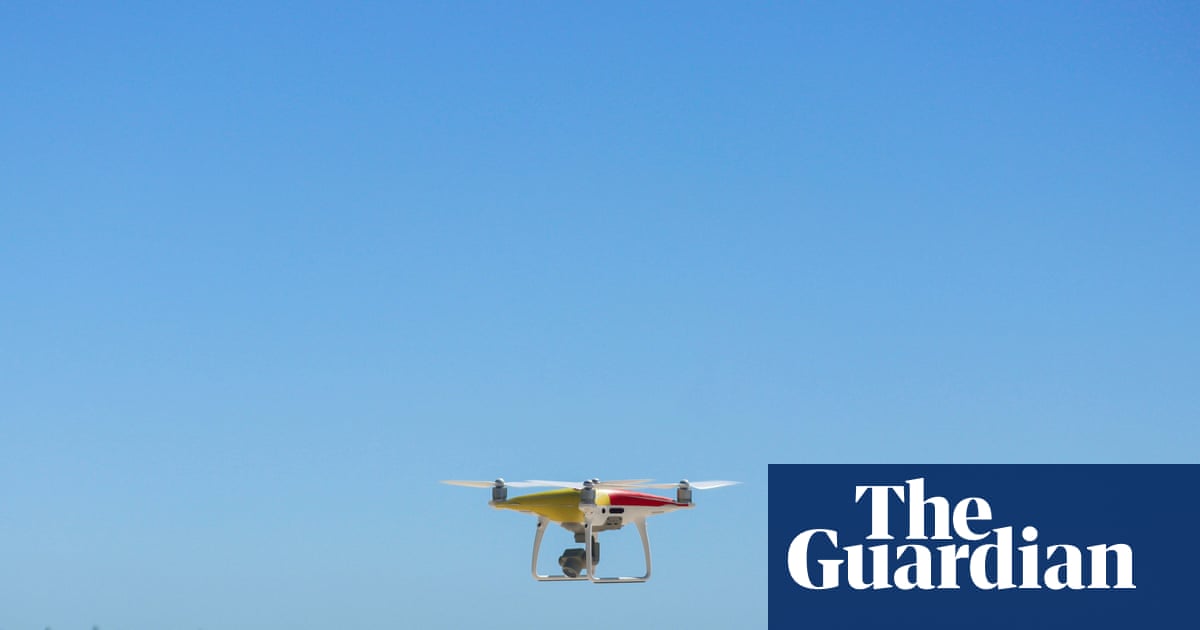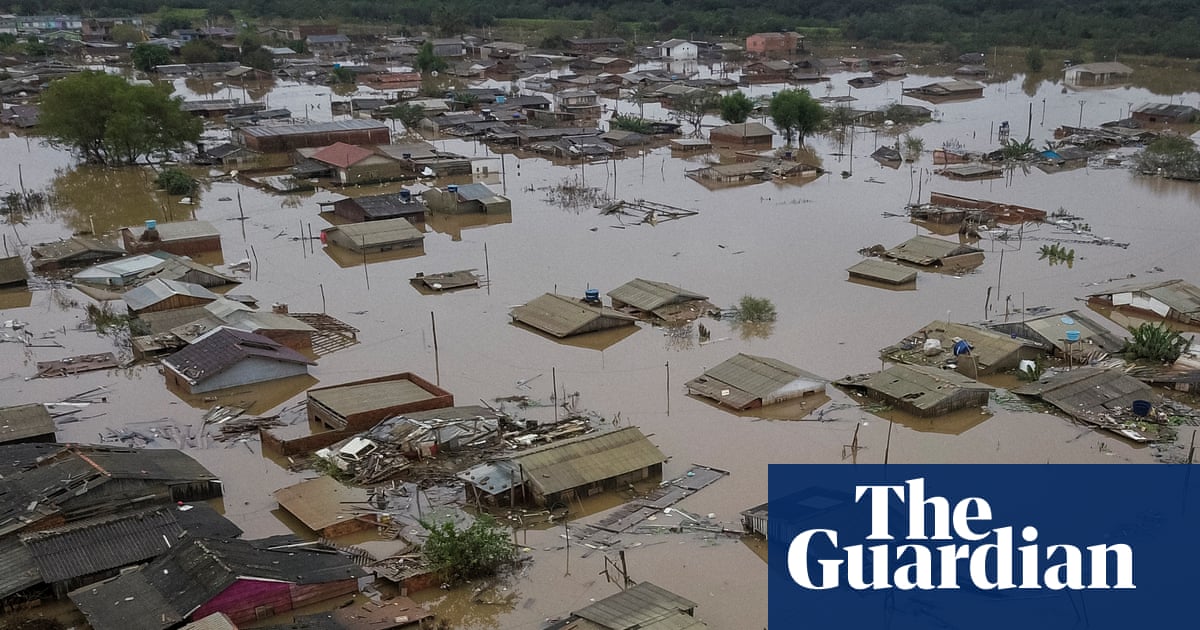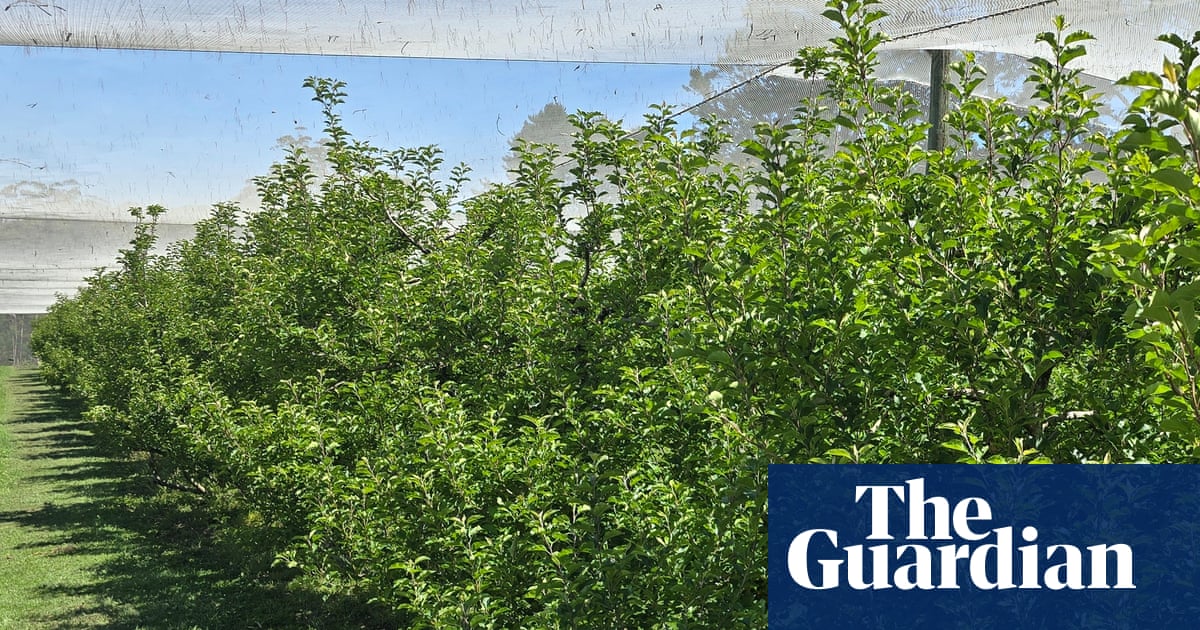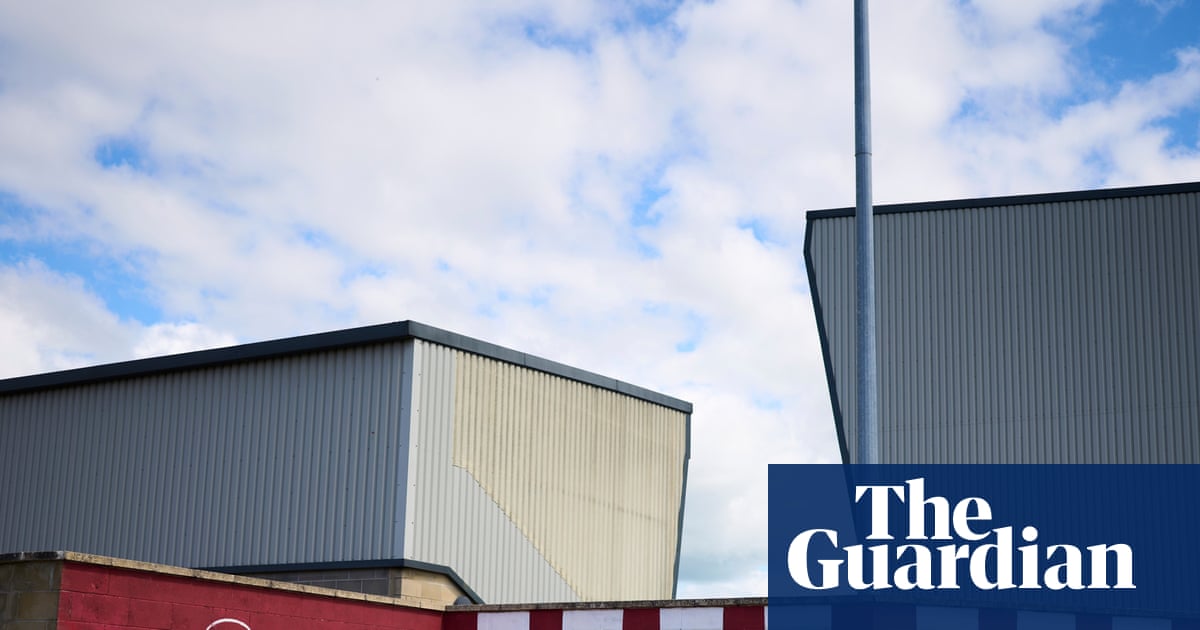“Alarmingly high” levels of toxic forever chemicals have been detected at English airports – in some cases thousands of times higher than proposed EU safe levels – with experts raising concerns over the potential impact on drinking water sources.
Seventeen airports recorded elevated levels of Pfas in the ground and surface water sample on their sites, according to unpublished Environment Agency documents, obtained exclusively by the Ends Report and the Guardian via an environmental information request.
Pfas, short for per- and polyfluoroalkyl substances, are a family of about 10,000 chemicals which persist in the environment and have been linked to a range of serious illnesses. They are used in many consumer products, from frying pans to waterproof coats, but one of their most common uses is in firefighting foams.
The largest Pfas total recorded was at London Luton airport, with total Pfas in one groundwater sample, taken at a location described as “fire training lagoon two”, of 36,084 nanograms per litre.
There is no regulatory limit for Pfas in ground or surface water in the UK, but in the EU a proposed threshold is being considered of 4.4ng/l. While Luton tested for twice the number of Pfas than that included in the EU threshold, the airport’s highest total Pfas level was 8,000 times higher than the draft limit.
Among the specific Pfas detected at these 17 airports were PFOS and PFOA – two banned and toxic chemicals which, respectively, are suspected and known carcinogens.
One sample taken from “borehole four” at London Luton contained 2,555ng/l of Pfas, with 24ng/l of PFOS and 39ng/l of PFOA. This total Pfas level is more than 500 times higher than the EU’s proposed threshold.
A London Luton airport spokesperson said: “Like many airports and other industries in the UK and around the world, we are investing in and working closely with relevant agencies to assess and monitor Pfas.”
They added that the data obtained by this investigation was from preliminary screening and should not be considered statistically representative, as a long-term monitoring programme was still under way.
Of the airports sampled, Ends Report’s analysis has revealed that four of the 17 are located within protected drinking water safeguard zones. These are designated areas set up around public water supplies where additional pollution control measures are needed.
One sample taken at Farnborough airport, Hampshire, located in a drinking water safeguard zone, contained 180ng/l of PFOS. The Drinking Water Inspectorate has set a guideline safe level of 100ng/l for the total levels of 48 named Pfas. If test results in drinking water come close to this threshold, then the inspectorate states that precautions should be taken.
The presence of elevated Pfas in the sample does not necessarily mean that drinking water is being contaminated by the airport’s Pfas pollution. Experts say that for this to happen, pathways would need to exist to enable Pfas to enter drinking water sources.
Dr Patrick Byrne, a reader in hydrology and environmental pollution at Liverpool John Moores University, said: “The risk, if any, to downstream receptors like drinking water sources and ecosystems is unclear. To understand the risk, we need to establish if there is a transport pathway between the source and the receptor. If there is no transport pathway, there is a very low risk.”
However, for Dr Shubhi Sharma, from the charity Chem Trust, the high levels of Pfas detected at airports are “extremely worrying as some of these Pfas have been established as carcinogenic by the World Health Organization”.
Dr Rob Collins, director of policy and science at the Rivers Trust, described the Pfas concentrations at UK airports as “alarmingly high”.
While uncertainty remains over the potential risk these may pose, Pfas contamination of drinking water from airports has previously been confirmed close to home.
In Jersey, residents have been recommended bloodletting to reduce high concentrations of Pfas in their blood after private drinking water supplies were polluted by the use of Pfas in firefighting foams at the island’s airport.
In France, one region had to take whole drinking water supplies out of use due to Pfas contamination from an airport.
A spokesperson for the trade association AirportsUK said: “This year UK airports are spending around £5m in investigating the sources and nature of Pfas issues on their sites – it is this industry work that this data comes from.
“This work is being done with a view to identifying specific source locations so that appropriate actions can be assessed. Airports are working closely with the Environment Agency and local communities to ensure that they do not make their way into watercourses and food chains.”
A spokesperson for the Department for Environment, Food and Rural Affairs said: “We are reshaping the UK Reach [chemicals regulation] work programme to deliver stronger protections and are currently considering the best approach to chemicals regulation in the UK, including the development of a restriction dossier on Pfas in firefighting foams”.

 2 months ago
42
2 months ago
42

















































